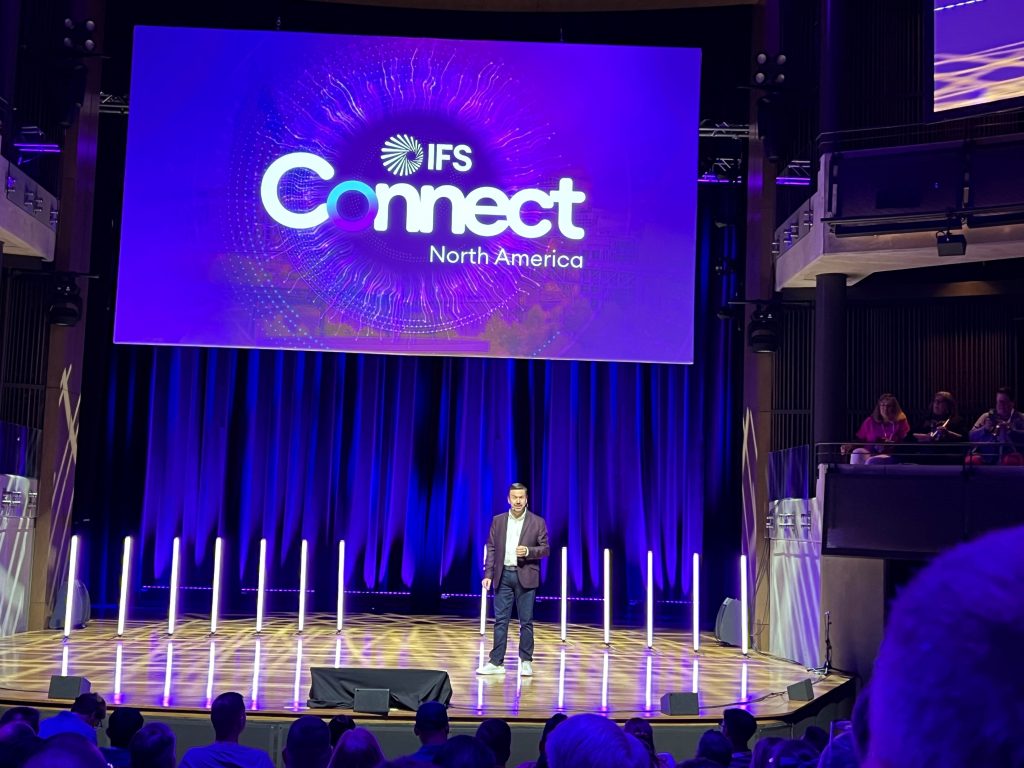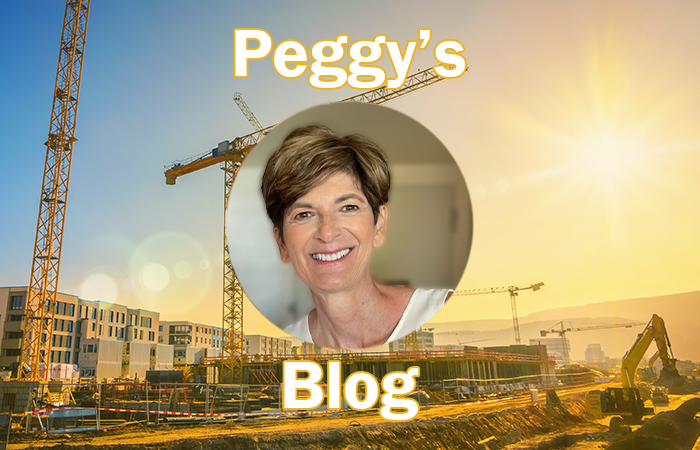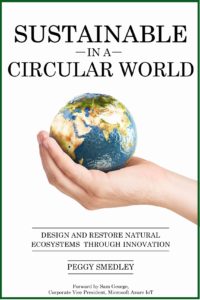More than 63% of construction and engineering leaders say they are searching for a new ERP (enterprise-resource planning) system within the next 1-to-2 years—and then another one-third are looking to 3-to-5 years.
As we all know, that is a rather big feat and undertaking—and now we have a whole host of unique factors and market conditions and AI (artificial intelligence) to add to the mix, shaking things up a bit more than the last time many companies implemented a new ERP.
At IFS Connect in Nashville in the beginning of June, Matt Breslin, regional president, North America, IFS, pointed to several unique factors impacting nearly every vertical market, including the construction industry. These factors include economic realignment, interest rate pressures, tariffs, evolving workforce dynamics, supply-chain diversification, and, of course, AI and digital transformation.

“With this abundance of change, it will stunt some folks, but the winners are the ones that see this as an opportunity as opposed to a threat,” he says.
He goes on to state 87% of businesses are now investing in AI—and he adds that number is likely outdated and changing almost daily. And while some might challenge these numbers, others are firmly entrenched in his camp. The bottomline here is many organizations—even those in construction—are preparing for an industrial AI future and for good reason.
Industrialized Construction
This is precisely the conversation I was having with Chris Knight, global industry director for construction and engineering, IFS, at the event. Industrialization in construction is an environment that is more attractive to younger people and brings greater safety and efficiency to construction projects.
“What a lot of our customers are doing is they are trying to find ways of tapping into industrialization of construction, building components, doing things offsite, doing things in factory conditions where they can control risk,” says Knight.
The question then becomes how you can control risks, reduce waste, and drive-up quality. For example, Knights says traditional construction can be up to as much as 30% waste. In a factory environment, there is less waste. Of course, this is only one example.
Through the Lifecycle
Another example of value here is achieving greater asset lifecycle. Many EPC (engineering, procurement, and construction) organizations are making themselves stickier by building for the customer and then maintaining the asset for years. If they can get into the service side, then the revenue is smaller, but it is steady, and it lasts for decades.
These organizations can then also tap into AI and BIM (building information modeling) in the field. With the BIM model, they can compare what is designed, what is programmed to be built, where they go to on site, and they can see the difference. What this enables them to do is to take that data and when they build the next wind farm, as an example, they can use gen AI to plan the next one and mitigate risk.
“You can find information and run a report, but I want it to already be there if it sees it is a certain type of project and it knows a set of parameters that it recognizes,” says Knight.
Of course, industrialization and asset lifecycle management are only some of the opportunities currently on the table. AI brings with it its own sets of opportunities and challenges.
What AI Brings Construction
With technology as it is, with AI coming along, Knight says there is an explosion of potential that is a huge opportunity. “When we get more to agentic AI, the ability to trust AI to make the right decisions would probably mean we would have to trust it to make the wrong decisions in some cases.”
Knight says one of the best use cases of AI is disaster recovery. In this case, AI can inform the next thing, and the next thing, and the next thing, and continue to learn from it before the next disaster happens. The hope would be to obtain a very fast learning model based on reality.

At the end of the day, Knight says a lot of people are trying to find the right solutions to support their businesses. “We are trying to drive that opportunity to grow and evolve.”
Want to tweet about this article? Use hashtags #construction #IoT #sustainability #AI #5G #cloud #edge #futureofwork #infrastructure #ERP


